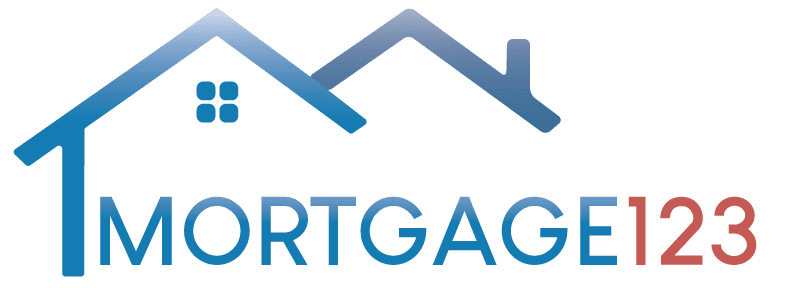
Climbing the Property Ladder
Whether you are upgrading your primary home, buying a second home, or going back on the mortgage market after a sale, we have seen it all. Your journey may seem less straightforward than when you got your first mortgage, but that does not have to be the case. Let’s make your mortgage journey easy!
Where Do You Start?
The criteria for second time buyers are very similar to those for first time buyers. With new Central Bank rules, from 2023, second time buyers will only need a 10% deposit. However, second time buyers borrow limit is 3.5 times income.
A limited amount of exceptions from that rule may be possible in certain circumstances.

The Deposit
As a second-time buyer, you are required to pay a deposit of at least 10% of the property value. For example, if you are looking to buy a house worth €200,000, you will need to pay a deposit of €20,000 (10%).
The deposit may come from the sale of your previous property, savings, gifts, etc.

Fixed or Variable Rate?
Nobody wants to get caught up in another tracker mortgage scandal so know your facts when it comes to your mortgage interest rate. With a fixed rate, you have the safety of knowing exactly what your mortgage repayments will be for a certain period of time, (e.g. 10 years), but with a variable rate mortgage your repayments fluctuate with the economy, usually going up during a boom and down during a recession.
How It Works In Practice
Second Time Buyer Example
- Bob and Ann own a property with mortgage of €90,000.
- They wish to switch and also want to borrow an extra €170,000 to extend and renovate the property.
- They are both aged 40 and have a joint income of €90,000, two small children. A mortgage of €260,000 was arranged on a scheduled drawdown basis.
- The mortgage is over 25 years on a 4 year fixed rate of 2.6% at a monthly cost of €1179.54 p.m.
- They got €1,500 help with costs and a free valuation. The property was valued at €320,000 with the works completed.
Top Tips
In order to get a mortgage, you have to provide proof that you can repay it. So you’ll need to provide proof of long term employment. Casual employment and job seeker allowances are not accepted as proof of employment.
Contract workers need to provide proof of three rolling contacts. If you are in receipt of bonuses or commission income, lenders will calculate an average over a period of time.
You need to eat, sleep and have fun once the mortgage is paid, so don’t over extend yourself.
Second Time Buyer FAQs
Anyone who has been advanced a mortgage loan before in Ireland or another country becomes a second time buyer for their next mortgage application. When applying for a mortgage with someone else who is a second time buyer, both buyers are classed as second time buyers even if one may be a first time buyer.
Note: From 2023, the Central Bank is changing the first time buyer definition to include previously divorced and bankrupt applicants.
Central bank deposit rules require a 10% deposit for second time buyers. So if the value of your property is €200,000, you’d need a deposit of €20,000.
With a fixed rate mortgage, your interest rate and monthly repayments are fixed for a set time as agreed between the lender and borrower.
Although a fixed rate means your repayments cannot increase for a set period of time, your repayments will not fall during the fixed rate period. As a result, you could miss out on lower interest rates and lower repayments. Fixed rates may cost more over the long run but they offer peace of mind as you know your repayments will not rise during the fixed rate period.
Variable rates offer the most flexibility. They allow you to increase your repayments, use a lump sum to pay off all or part of your mortgage or re-mortgage without having to pay any fixed rate breakage fees.
However, because variable rates can rise and fall, your mortgage repayments can go up or down during the term of your loan.
Your repayments will depend on how much you borrow, the term or length of your mortgage as well as the interest rate that you’re charged.
LTV, or loan-to-value, is all about how much mortgage you have in relation to how much your property is worth. It’s normally a percentage figure that reflects the percentage of your property that is mortgaged, and the amount that is yours (the amount you own is usually called your equity).
For example, if you have a mortgage of €150,000 on a house that’s worth €200,000 you have a loan-to-value of 75% – therefore you have €50,000 as equity.
The process can be daunting so it makes sense to find a mortgage broker that can take the pressure off. A good advisor will simplify the process, gather all your information, advise you on ways to save for a deposit, know whether you should opt for a 25 or 35 year term, and most importantly, they’ll shop around for the best possible mortgage deal for you. It doesn’t cost you a cent to chat with an advisor because their fees are usually covered by the mortgage lenders.
- Assess your chances of getting a mortgage
- Recommend measures to secure mortgage approval
- Fill out your application and make sure you have everything in place
- Get a quote from each bank for you and recommend the best
- Calculate the additional tax and legal expenses involved in the purchase
- Make sure all runs smoothly and stress-free for you

